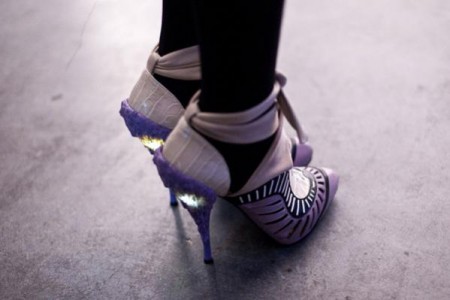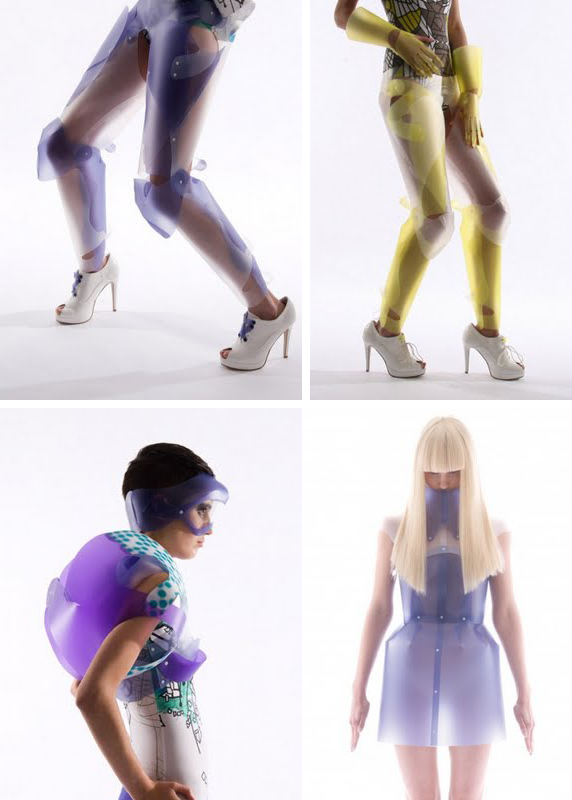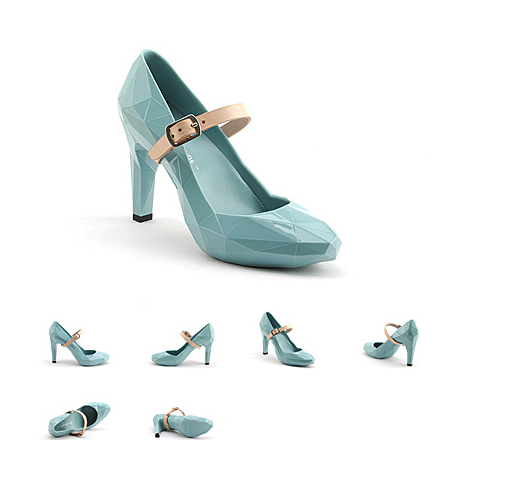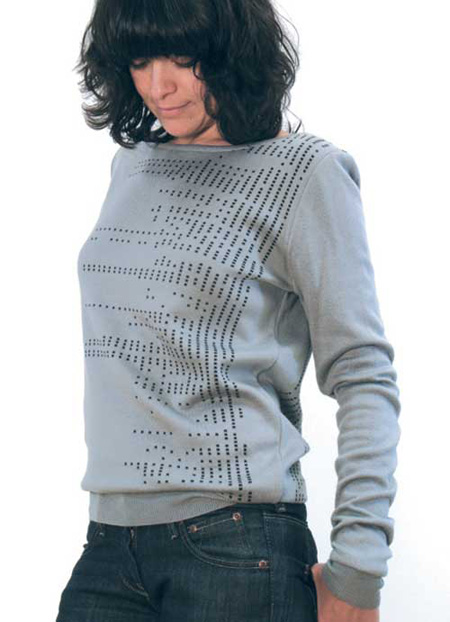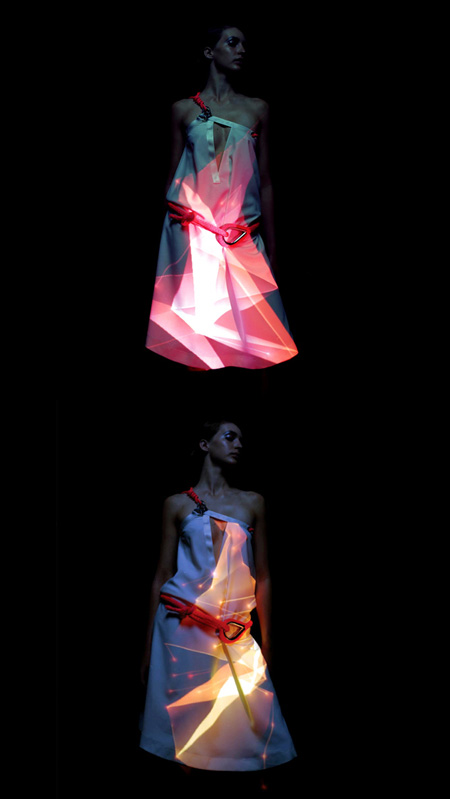[gallery] Fashion designer Irina Shaposhnikova created this gorgeous collection called Crystallographica, which consists of garments inspired by geological formations of crystals and minerals. The application of geometrical patterns is making a comeback in design aesthetics lately. Philips Design created a beautiful exploration for their Design Probes series called Fractal: Living Jewelry, which was also inspired by crystalline formations.
Opposite of natural geometric formations, some designers are allowing the fabrication tools to create geometric patterns. Rem Koolhaas' United Nude created Low-resolution modeled footwear that resulted in strong geometric patterns. And Mashallah Design and Linda Kostowski created digitally printed garments using an unfolding polygon method that is commonly used by industrial designers to explore dimensional forms through paper models.
I can't help but imagine using the simple geometric shapes as a platform for electronics. For example, could the material in Shaposhnikova strict triangular-patterned slacks be replaced with solar panels to harvest energy? Or could a triangle or two in her dresses be replaced with a display?
Read more about Crystallographica on pleatfarm.com. Photos from pleatfarm.com.
